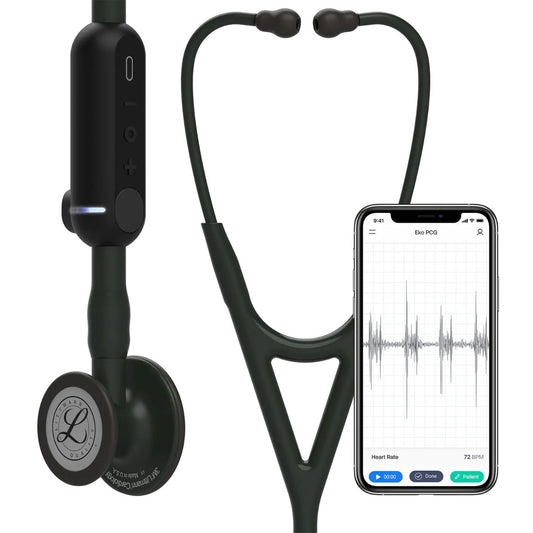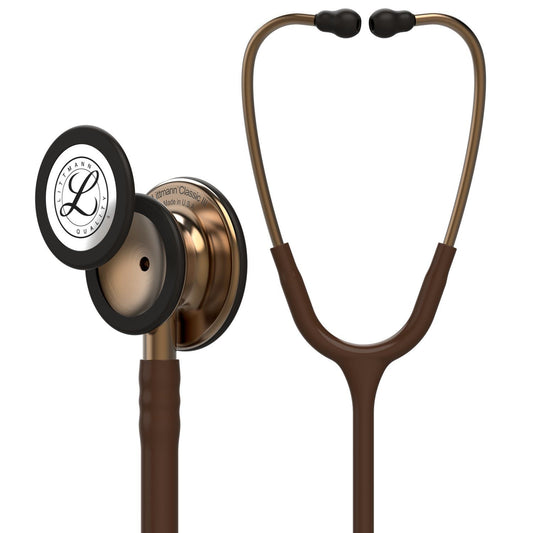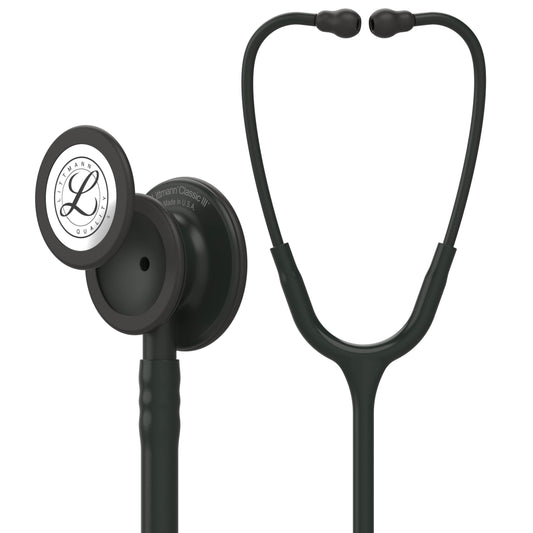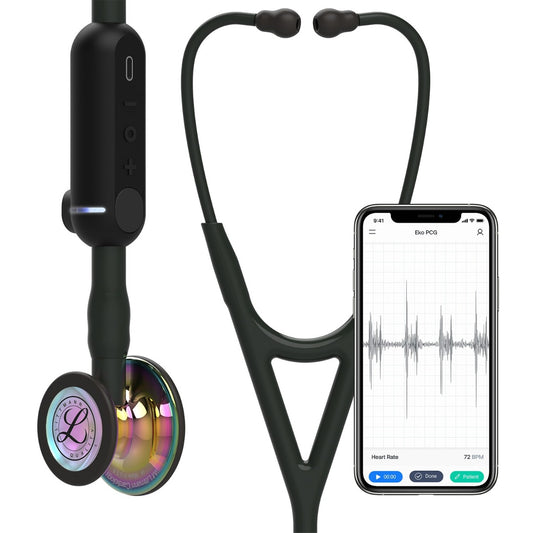When using your stethoscope for auscultation, it’s natural to toggle between hearing low and high-frequency sounds to ensure you accurately identify the sounds you need. Did you know that you can hear both low and high-frequency sounds without moving your stethoscope chestpiece? This is thanks to tunable technology.
What is Tunable Technology?
Tunable technology was developed by 3M in the mid-1980s to enhance traditional stethoscopes, which had a diaphragm side for high-frequency sounds and an open bell for low-frequency sounds. If you own a 3M™ Littmann® Stethoscope*, it likely features one or two tunable diaphragms on the chestpiece. These allow you to switch between low and high-frequency sounds by simply adjusting the pressure applied to the chestpiece.
This technology means clinicians no longer need to flip the stethoscope between the diaphragm and the open bell. Modern 3M stethoscopes often have both an adult and a pediatric side, each equipped with tunable technology, making your stethoscope more versatile.

How Does Tunable Technology Work?
Tunable diaphragms ensure you hear the full range of sound frequencies. Light pressure emphasizes low-frequency sounds (e.g., the lub-dub of the heart), while firm pressure emphasizes high-frequency sounds (e.g., the whooshing of an ejection murmur). Applying firmer pressure blocks out bass frequencies, allowing you to focus on high-frequency sounds.
Applying Proper Pressure
To use tunable technology effectively, it’s crucial to apply the right amount of pressure. For low-frequency sounds, make good contact with the patient’s skin but avoid additional pressure (no indentation on the patient’s skin). Many clinicians mistakenly apply too much pressure when trying to hear low-frequency sounds. The key is to make contact without pressing hard.
Advantages of Tunable Technology
Clinicians often use tunable technology without even realizing it. Once they see a demonstration, they experience an “aha” moment, realizing how to maximize their stethoscope’s potential. The benefits of tunable technology include:
- Convenience: Spend less time repositioning your stethoscope to hear all sound frequencies.
- Comparison: When isolating a sound, comparing low vs. high-frequency sounds in the same position provides a unique and valuable assessment perspective.
- Consistency: Constant placement yields repeatability. Keeping the diaphragm in the exact spot ensures you hear the same low and high-frequency sounds consistently.
Combined with advanced auscultation skills, tunable technology offers a more convenient, consistent, and versatile listening experience for clinicians.





